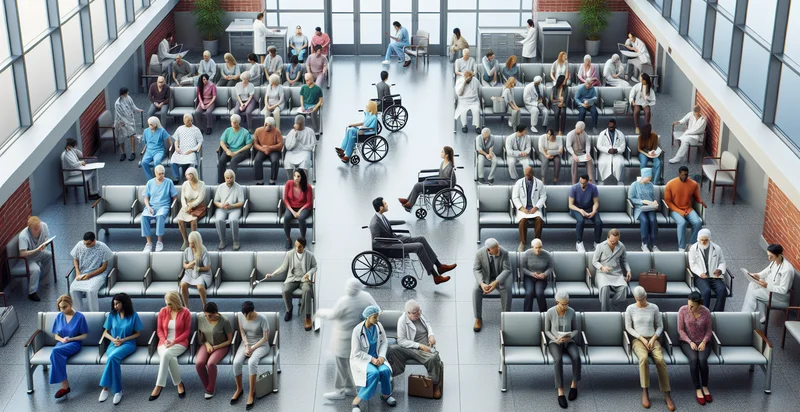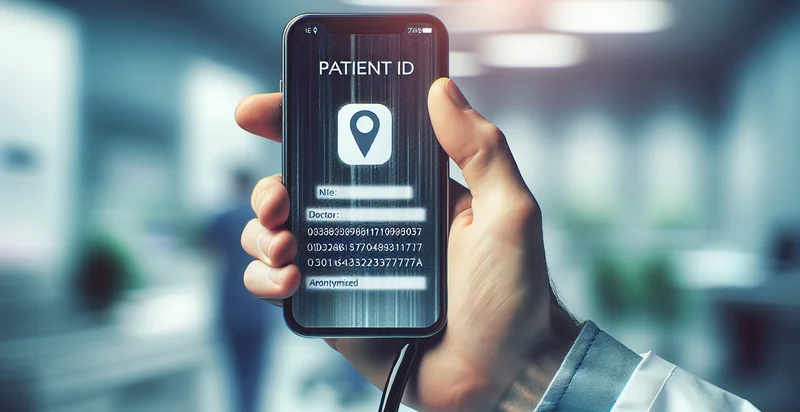Identify if a patient wants help
using AI
Below is a free classifier to identify if a patient wants help. Just upload your image, and our AI will predict if the patient needs assistance - in just seconds.

Contact us for API access
Or, use Nyckel to build highly-accurate custom classifiers in just minutes. No PhD required.
Get started
import nyckel
credentials = nyckel.Credentials("YOUR_CLIENT_ID", "YOUR_CLIENT_SECRET")
nyckel.invoke("if-a-patient-wants-help", "your_image_url", credentials)
fetch('https://www.nyckel.com/v1/functions/if-a-patient-wants-help/invoke', {
method: 'POST',
headers: {
'Authorization': 'Bearer ' + 'YOUR_BEARER_TOKEN',
'Content-Type': 'application/json',
},
body: JSON.stringify(
{"data": "your_image_url"}
)
})
.then(response => response.json())
.then(data => console.log(data));
curl -X POST \
-H "Content-Type: application/json" \
-H "Authorization: Bearer YOUR_BEARER_TOKEN" \
-d '{"data": "your_image_url"}' \
https://www.nyckel.com/v1/functions/if-a-patient-wants-help/invoke
How this classifier works
To start, upload your image. Our AI tool will then predict if the patient needs assistance.
This pretrained image model uses a Nyckel-created dataset and has 2 labels, including Does Not Want Help and Wants Help.
We'll also show a confidence score (the higher the number, the more confident the AI model is around if the patient needs assistance).
Whether you're just curious or building if a patient wants help detection into your application, we hope our classifier proves helpful.
Related Classifiers
Need to identify if a patient wants help at scale?
Get API or Zapier access to this classifier for free. It's perfect for:
- Patient Triage Optimization: This function can be utilized in emergency departments to classify patients who require immediate assistance based on their visual symptoms. By accurately identifying patients in distress, healthcare providers can prioritize care more effectively, reducing wait times for those in critical need.
- Telemedicine Support: In telehealth applications, the function can analyze images submitted by patients seeking remote consultations. By determining which patients may require urgent follow-up, healthcare professionals can optimize virtual appointments and ensure timely care.
- Mental Health Surveillance: The function can assist mental health professionals by analyzing images for signs of distress or emotional state in patients seeking help. This can promote early intervention strategies and tailored support for individuals experiencing mental health crises.
- Elderly Care Monitoring: In assisted living facilities, the function can be applied to monitor residents’ facial expressions through cameras. If a resident appears to be in distress, caregivers are alerted to provide assistance quickly, enhancing overall resident safety and wellbeing.
- Pediatric Care Identification: In pediatric settings, the function can help identify children who show signs of needing assistance based on visual cues. This can support early intervention for children in distress, ensuring that vulnerable populations receive timely attention.
- Workplace Health and Safety: The function can be integrated into workplace safety systems to identify employees who may need help based on their visual expression of fatigue, stress, or discomfort. Timely alerts can promote a healthier work environment and reduce workplace accidents.
- Fitness and Wellness Monitoring: Fitness apps can utilize this classification to provide alerts to users who may be overexerting themselves or in need of immediate help during workouts. This feature can enhance user safety and improve the overall experience in fitness environments.


